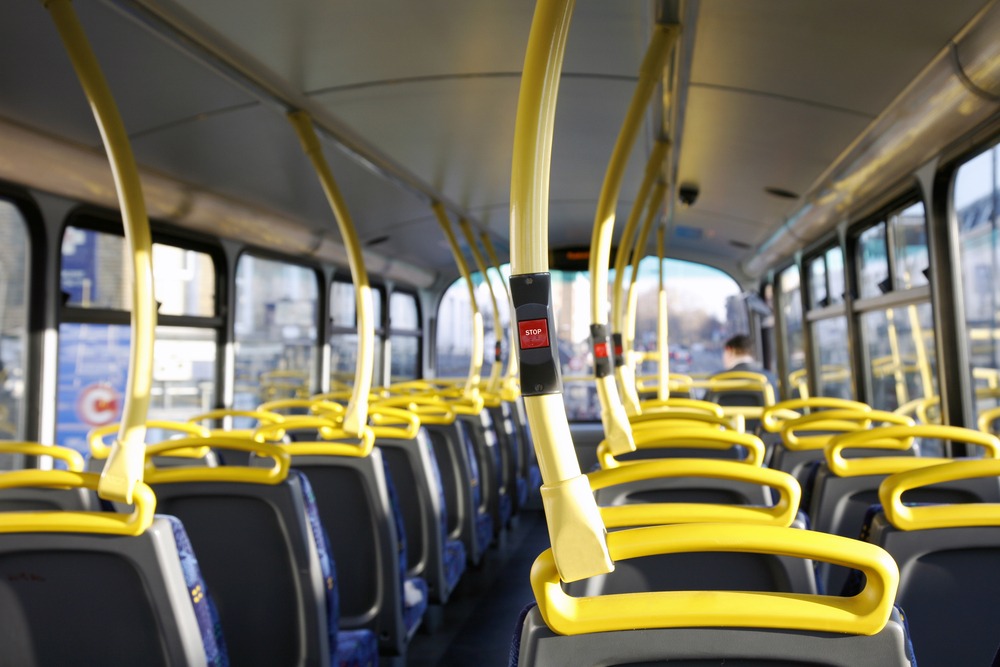
Global public transport journeys increased by approximately 20 percent between 2000 and 2015, according to a recent study conducted by the International Association of Public Transport (UITP).
The study surveyed a total of 39 countries over a 15-year period and found that 24 experienced an increase or maintained a stable rate of public transport use.
UITP found that the global average in 2015 was 121 journeys per capita in 2015. However, the figure varied significantly in each country.
China was found to have the largest market for public transport, accounting for more than 85 billion total journeys in 2015. Additionally, the country experienced the second-largest growth in public transport use after Turkey due to strategic transit-oriented development and public transport supply.
According to World Health Organization estimates, urban populations will account for approximately 60 percent of the total global population in 2030, which indicated a greater ridership of public transport in the coming years.
One major theme identified by UITP’s report was the correlation between urbanism and increased public transport use.
In Canada, 70 percent of public transport ridership came from its three largest metropolitan areas and 98 percent of the demand for public transport was from cities with more than 400,000 residents. A similar pattern was observed in Europe, where public transport use in 24 capital cities was found to be approximately 2.5 times larger than the national average.
Singapore was cited by the study as a “paradigm of sustainable mobility” for its efforts to increase public transport use between 2000 and 2005. Specifically, the report cited the country’s coverage of electronic road pricing, which was expanded around Singapore’s center and major expressways and ensured an optimal use of road space.